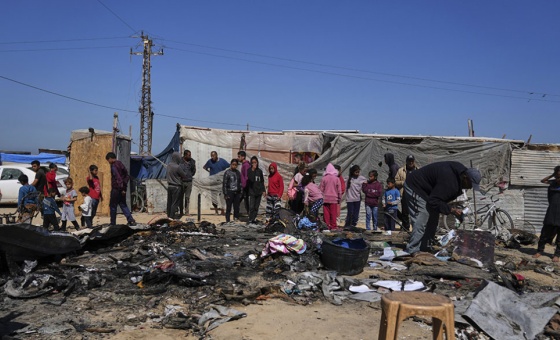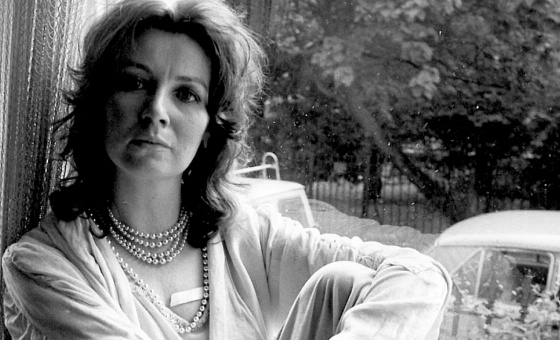ON TUESDAY, April 1, more than three million workers get an increase in the statutory minimum wage which increases up to £1,400 for a 35-hour working week.
In an ambiguously worded statement, the Chancellor said the increase marked “a significant step” in achieving the election manifesto pledge of a “genuine living wage for working people.”
In real cash terms the 6.7 per cent rise will mean people on the top rate — for young people, apprentices etc the minimum wage is set at a lower level (ie below the wage needed to live on) — will get an extra 77 pence an hour to provide £12.21.
There is an element of wilful obfuscation about the distinction between the national minimum wage and the living wage.
Tuesday’s increase is in the government’s national “living wage” which is the minimum amount British employers are legally obliged to pay workers aged 21 and over.
This is calculated as a percentage of median earnings, which had the aim of reaching 66 per cent of median earnings by last year.
The real living wage is something different. It is a voluntary wage rate worked out by the Resolution Foundation for the Living Wage Foundation.
In contrast to the bare bones official minimum wage rate, the actual living wage is calculated based on the cost of living including obvious necessities like housing, food, travel to work etc but also an element for small extras outside of routine living expenses. Examples given include new school uniforms or a meal out to celebrate a child’s birthday.
In contrast to the government’s figure, the real living wage means workers would get £760 more a year. The foundation calculates this as amounting to almost three months of food or two months of rent and energy bills.
For Londoners, the Living Wage Foundation rate is £13.85 per hour while the government figure is the same everywhere.
The reality, in Rachel Reeves’s new iteration of austerity, is that last year two in five low-paid workers used a foodbank, with 28 per cent relying on them at least once a month. This rises to over half in London where the gap between those barely surviving and those getting by is increasing and the gap between the majority and the richest has reached astronomical levels.
In the capital city of the fifth-largest economy in the world, the top 10 per cent with the highest wealth hold 44.3 per cent of London’s total net wealth. Those in the bottom 10 per cent hold none.
Austerity means low-paid workers — usually in the more tiring and physically demanding jobs — live and work under the burden of extra pressures on their mental health.
The effect is that one in three have skipped meals, nearly a third are falling behind on bills — this in a situation where water and energy bills are set to rise above inflation — and a quarter cannot afford to properly heat their homes.
Starmer’s government has supercharged the austerity situation with welfare cuts to pay for, among other things, its posturing participation in the EU’s war dance.
This is laid on top of its arbitrary fiscal regime based around the argument that there is no “magic money tree” to pay for welfare, education, health etc.
Miraculously this swiftly growing plant has appeared to fund the war drive just when the prospect of a peace agreement in Ukraine emerged.
It doesn’t seem to have occurred to the government that raising wages by the really serious amount necessary to provide a comfortable living for all would generate a big hike in the tax take.
This advice is brought free to ministers by the Morning Star.







